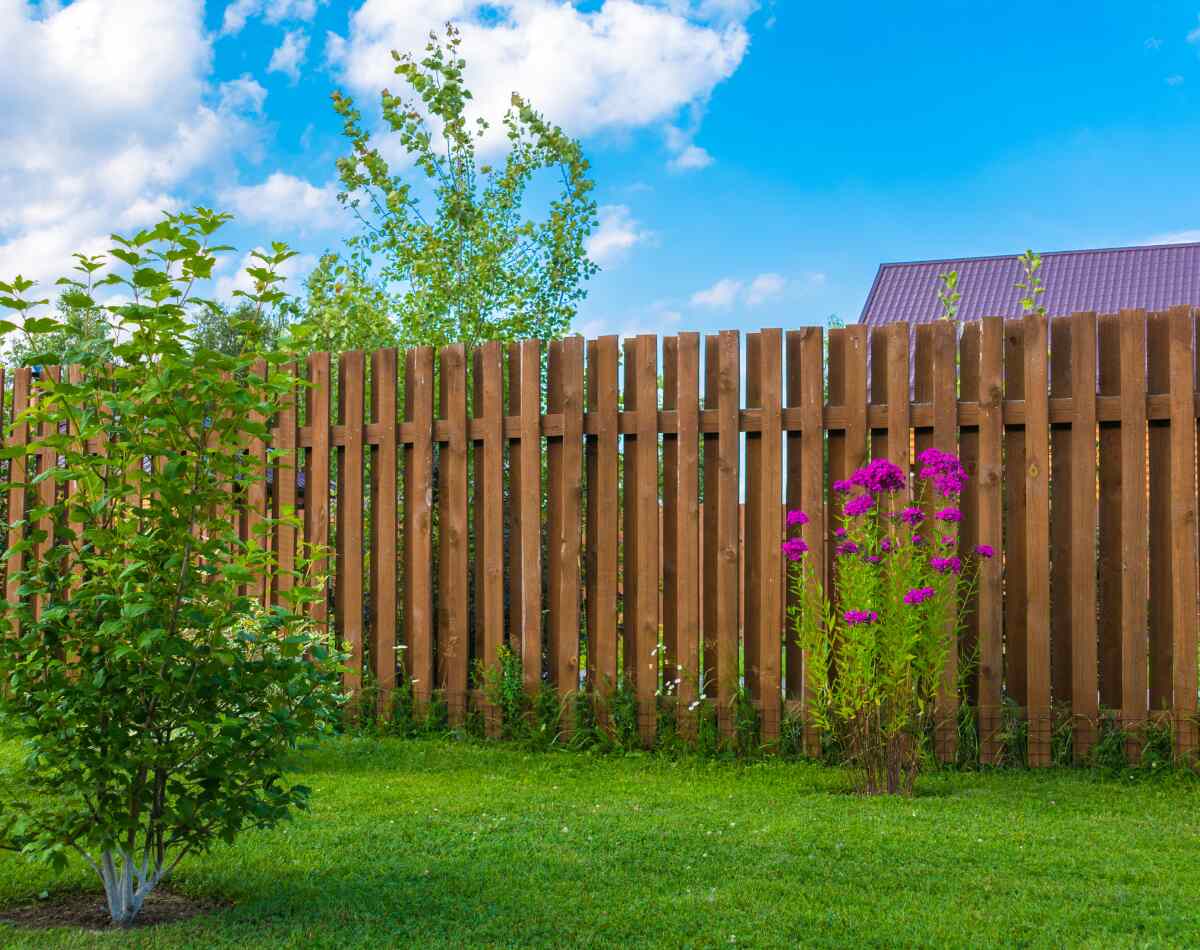Featured

When taking into consideration installing a fence on your home, one of one of the most crucial steps is to recognize whether you require an authorization. Fence installations often call for a permit to guarantee that the framework follows local zoning laws, constructing codes, and security criteria. The specific permits called for can vary relying on your area, the sort of fencing you plan to set up, and the elevation or placement of the fencing. Below's an overview to assist you navigate the procedure of getting a fence permit and guarantee that your installation is lawful and problem-free.
Why You Need a Permit for a Fencing Installation. The license process helps local authorities verify that your fence does not interfere with traffic exposure, regard your property lines, or breach elevation limitations. Installing a fence without a license can result in penalties, removal of the fence, or delays in construction, so it's essential to check whether a license is needed prior to beginning your job.
Kinds Of Authorizations You May Need. There are a few common types of permits you might need for a fence setup:
Structure Permit. A structure authorization is the most usual permit needed for fence installments. This license makes certain that the fencing satisfies safety and security criteria and is constructed according to regional structure codes. A building permit is generally required if the fence exceeds a certain height (typically 6 feet), is constructed from certain products, or lies near a public sidewalk or roadway.
Zoning Permit. A zoning authorization might be required to confirm that your fence abides by regional zoning laws. Zoning laws can dictate where a fence can be put on your property, just how high it can be, and whether it is allowed certain areas (such as along residential or commercial property lines or in front backyards) For instance, some towns have laws restricting the height of fence the front backyard to ensure presence for chauffeurs and pedestrians.
.jpg)
Setback License. You might need a problem license if you are constructing a fencing near your building line or close to a street. A trouble describes the range a structure, consisting of fences, need to be from the residential or commercial property line. Setback guidelines differ by location, and making sure that your fence is put correctly can avoid disputes with neighbors and avoid infractions.
Property Owner Association (HOA) Authorization. If you live in a neighborhood regulated by a House owner's Organization (HOA), you may need approval from them along with local permits. HOA policies commonly cover the kind of products, elevation, design, and color of fences. Also if your neighborhood federal government doesn't need an authorization, your HOA may still have specific guidelines that need to be complied with.
Just How to Use for a Fence Authorization. To obtain a fencing license, you'll require to contact your local structure division or preparation workplace. The application procedure usually involves filling in a kind, paying a cost, and sending a website strategy of your home that reveals the suggested location of the fencing. You might additionally need to consist of information concerning the materials, height, and design of the fence.
In some instances, a regional official may require to inspect your home prior to approving the license. As soon as the license is granted, you will be authorized to continue with your fence installation.
When Is an Authorization Not Needed? In specific situations, a permit may not be called for. These scenarios can include:
Reduced Height Fences: In lots of locations, fencings that are below a particular height (typically 3 to 4 feet) might not need a permit, particularly if they are put in the backyard or various other non-visible locations.
Fence Replacement: If you're changing an existing fencing with the same height and product, some areas may not call for a brand-new permit.
Non-Obtrusive Fencings: Short-term or decorative fences, such as those made use of for horticulture or landscape design objectives, may not need licenses as long as they are not permanent and low.
Nonetheless, it is essential to get in touch with your neighborhood zoning workplace or building department, as guidelines can vary by territory.
Effects of Not Obtaining an Authorization. Falling short to obtain the necessary permits can cause significant repercussions. These include penalties, forced removal of the fence, or also delays in building. In addition, if your fence does not fulfill local laws, you can encounter lawful problems with next-door neighbors or regional authorities.

Final thought. By making certain that you adhere to regional regulations and obtain the required licenses, you can make certain and prevent expensive blunders that your fence is lawfully compliant. Inspect with your regional structure department, HOA, and zoning office to determine what licenses are required for your particular fence task.
Latest Posts
Check Out Cost-Effective Auto Repairs with Montclare’s Limited-Time Service Specials
Published May 24, 25
1 min read
Find the Premier Auto Repair Offers in Montclare, Chicago
Published May 23, 25
1 min read
Unlock WyHy FCU – Smart Money Management for Your Future
Published May 22, 25
1 min read
More
Latest Posts
Check Out Cost-Effective Auto Repairs with Montclare’s Limited-Time Service Specials
Published May 24, 25
1 min read
Find the Premier Auto Repair Offers in Montclare, Chicago
Published May 23, 25
1 min read
Unlock WyHy FCU – Smart Money Management for Your Future
Published May 22, 25
1 min read